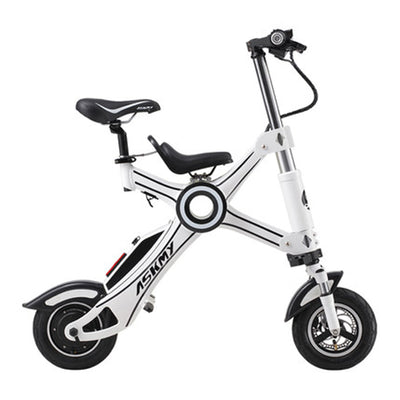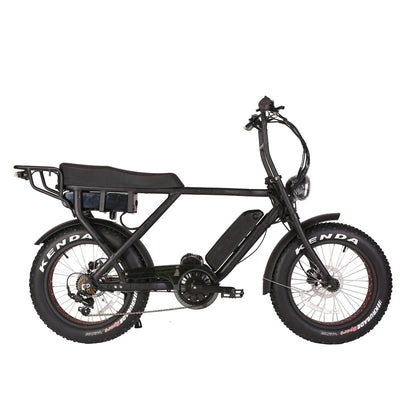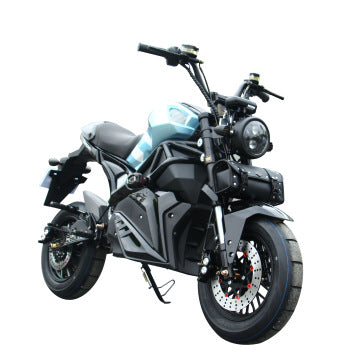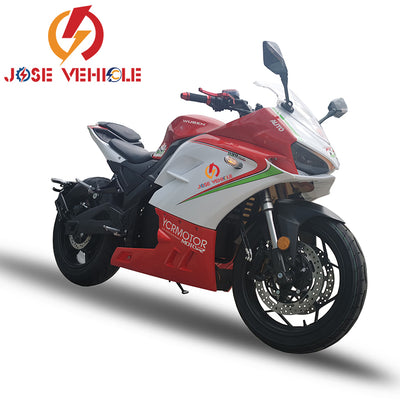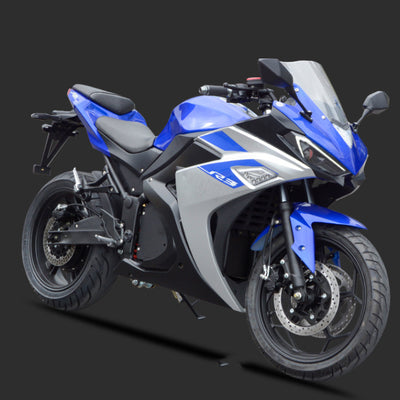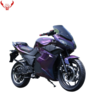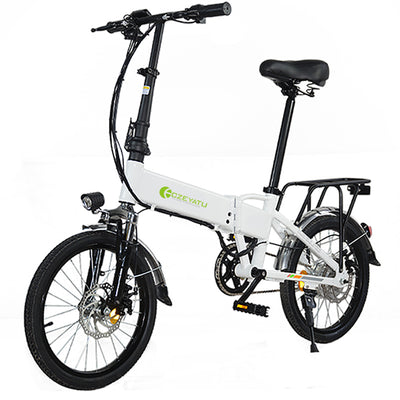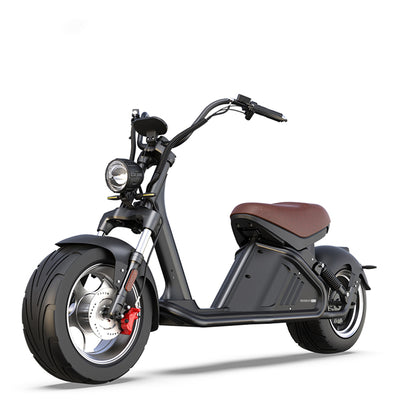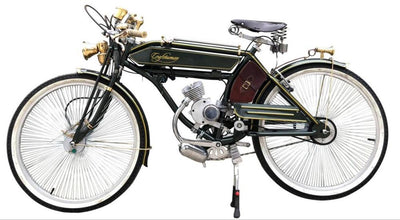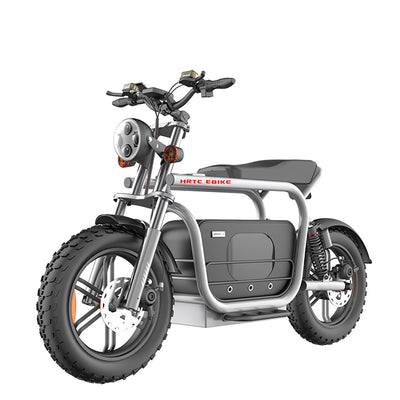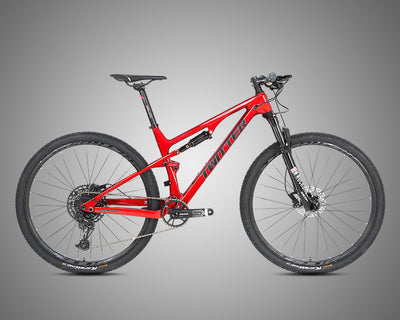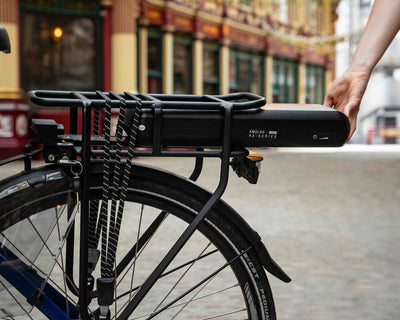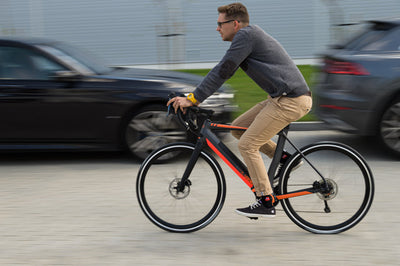How e-Bike Batteries Work
Posted by Tom Lee on
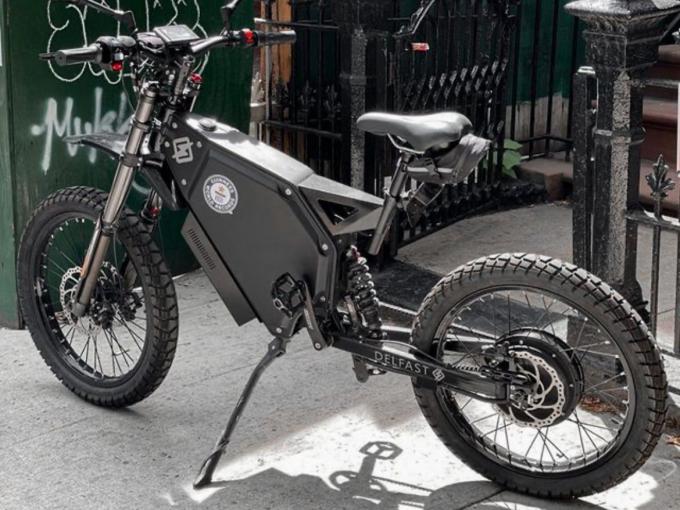
At Delfast we believe in a bright, green, carbon-neutral transportation future that is powered by clean technology and renewable ingenuity. With that end in mind, we created the world’s longest-range e-bike powered by a lithium-ion battery. The Top 3.0i will reliably get you where you need to go. Now, more than ever, it’s important to understand the technology behind the current iteration of the eBike battery.
A Short Review of eBike Batteries
The battery is one of the vital components of an electric bike. Whether your eBike has a pedal-assist mode, a throttle, or a combination of the two the battery provides the energy to power the electric motor of the vehicle. There are several types of batteries that have been used through the years :
- Lead-acid and Gel: These types of batteries are descendants of the original lead-acid batteries developed in the mid-1800’s. They are used less frequently for electric bikes because of several drawbacks including: being heavy, having low capacity and needing maintenance.
- Lithium Polymer (Li-Po). This type of battery has been used successfully in electric cars and numerous other gadgets. They have a larger capacity and longer life when compared to gel batteries. However, they are not as resistant to impact and vibration.
- Lithium-ion (Li-ion). These batteries are the ideal partner for electric bicycles, as Li-ion batteries offer the best tradeoff between weight and capacity. Compared with other types, Li-ion batteries have the greatest capacity, longest life and are the most resistant to vibration. Their drawback is their sensitivity to temperature change, which can alter their performance.
Main Parameters of e-Powered Devices
The electric characteristics of e-powered devices can be described by three basic parameters:
- Volts. The unit of measure for the force of an electric current. Voltage is the electrical potential with which electrons are pushed through an electric circuit or the number of electrons between two points in an electrical circuit.
- Amps. The unit of measure for the rate that electrical current flows through an electrical circuit.
- Watts. The amount of electric power that the device consumes, or the rate at which electrical energy is consumed.. Watts are the product of Volts × Amps.
The above basic parameters do not completely characterize the performance of a battery. Therefore, we usually use two additional parameters:
- Amp-Hours (Ah): Indicate the number of Amps that a battery can sustain during 1 hour of sustained use.
- Watt-Hours (Wh): Indicate the amount of usable energy per hour. This parameter provides a clear idea of the capacity of the battery.
What Affects Battery Life and Range?
Multiple factors can impact a battery’s life and performance. Proper care for a battery, based on its inherent qualities, will ensure long and safe use. The type of terrain, inclination, riding style, tire pressure and various other factors all play a role in life and range. Avoiding direct blows to the battery, and always handling it with care when you remove or mount it can help preserve longevity. Keep your battery charged even if you don’t plan on using your electric bike for long periods of time. Attempt to avoid extremes when possible. Do not charge your battery in freezing temperatures and avoid overheating it during hot summer days. For more detailed information on taking proper care of your eBike battery read our battery maintenance guide.
For more articles about eBike maintenance subscribe to the Delfast newsletter. Stay tuned for more great content!
- Tags: aliexpress electric bike

